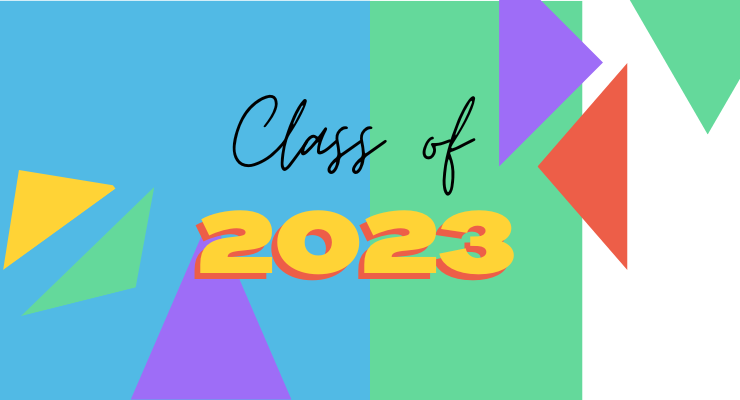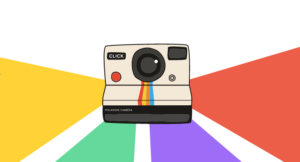There are so many ways to structure the presentation of your yearbook and so many different types of content that can be included to captivate your readers. The yearbook is a creative process. There isn’t just one way to display it; however, there are a few things that should be included in every yearbook and a few guidelines to follow.
Lesson 2 – The Main Parts of a Yearbook
The Yearbook Cover
- Although we are taught never to judge a book by its cover, the cover of a yearbook is often viewed as the most important part!
- The goal is to create an eye-catching first page for the reader.
- The cover is also a great place to establish an overarching theme with the words, images and design features you choose.
The Title Page
- The title page is a single page and will be the first page that a reader sees inside the yearbook.
- It is there to convey some important information such as:
- The name of your school.
- The year of the publication.
- The yearbook name, if applicable.
- The volume number.
- Your school’s complete address as well as telephone number, fax, website, email etc…
- The enrollment number.
- The name of the publisher, editor(s), principal or headmaster and superintendent (if applicable).
- The yearbook sponsors.
Once you’ve collected all the necessary information, it’s up to you how you choose to display it! With Calendria’s pre-designed templates, you can convey the information in a way that is pleasing to the eye.
The Opening Section
After flipping past the title page, your reader will arrive at the opening section of your yearbook. This is your chance to grab your reader’s attention and make them want more!
This section should include…
- Opening copy – Text that introduces and explains the theme of the publication. This short paragraph will set the tone and voice for your entire yearbook.
- Design elements – Along with being an interesting read, you also want the opening section to be visually stimulating. Along with introducing your theme via text, this is also an opportunity to introduce and establish design themes that can be found throughout the book.
- Photos – Select a photo or a collage of photos that speak to the overarching message of the yearbook.
The Coverage Sections
- In every yearbook, it is in the coverage sections that you will find the heart and soul of a school and its community members.
- This is the section where students are grouped by class and grade, with captions containing their names.
- Along with class or individual photos, these sections will also contain candid, captioned photos to highlight activities and accomplishments during the year.
Dividers
As the name suggests, dividers are pages that separate your yearbook into sections to help readers find their way through the content with ease.
There are many ways you can divide a yearbook but common sections include:
- School activities (clubs, social events, community service etc…).
- Sports.
- Arts.
Each divider is an opportunity for visual creativity. How will you design each divider to best represent the section’s content?
Endsheets
Endsheets are the pages that appear at the start and end of a yearbook.
- The endsheets at the start of your yearbook will appear just inside the cover but before the opening section.
- The starting endsheets are a great place to include additional information such as an index or glossary.
- The endsheets that will come after the coverage sections are another opportunity to share additional photos or student artwork.
- Endsheets are not numbered and are not included in any other part of your yearbook’s layout.
The Closing Section
You can think of the closing section as being similar to the acknowledgments segment at the end of a novel. In a yearbooks closing section, you will find:
- A thank you to everyone who helped publish the yearbook.
- A photo of the group of teachers and students on the yearbook team.
- Design elements and further text (sometimes quotes) that help conclude and summarize the theme.


